Meadow Transitions: Reimagining Teatown’s Forest Edge
At Cliffdale Farm we like to live on the edge—the forest edge. Day hikers and community members visiting Teatown’s meadows might notice some changes where the high grasses meet the tall trees. The stewardship department’s two field technicians, Natalie Kyvik and Kevin Sterne, have spent this muggy summer clearing the overgrown woody edge, recreating the natural “transition zone” between our pollinator fields and hearty forests.
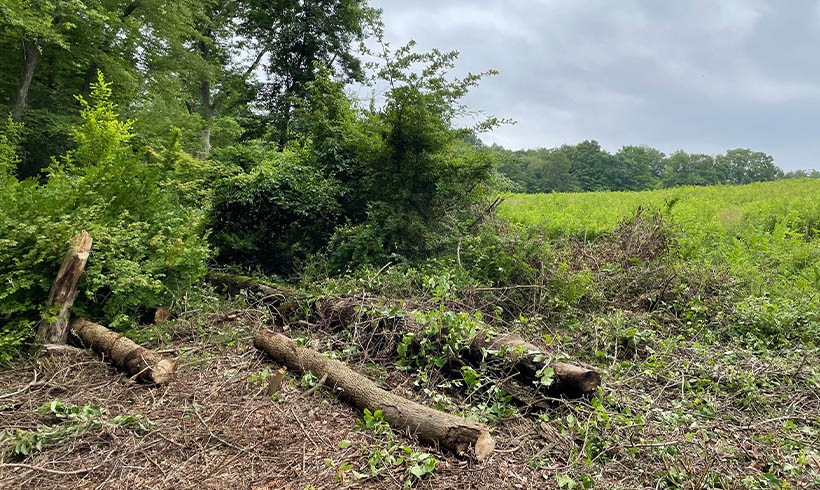
Transition zones typically happen naturally: the low-lying grassland gives way to shrubs and small understory trees, then to the forests; gradually the vertical height of vegetation rises like a gentle hillside. It’s not only a pleasing view for bird watchers and hikers alike, but also offers plenty of ecological benefits.
Nature’s buffer is important for a few reasons: it protects small prey like sparrows from predators such as the redtail hawk. It offers a landing zone for fallen trees, which in turn also protects nesting birds who call the meadows home. The transition zones also aid forests by sheltering trees from harsh wind and sunlight. Finally, this midlayer increases biodiversity by offering a home to animals that prefer this habitat, such as porcupines, voles, and eastern cottontail, all of which are currently rare or non-existent in Teatown.
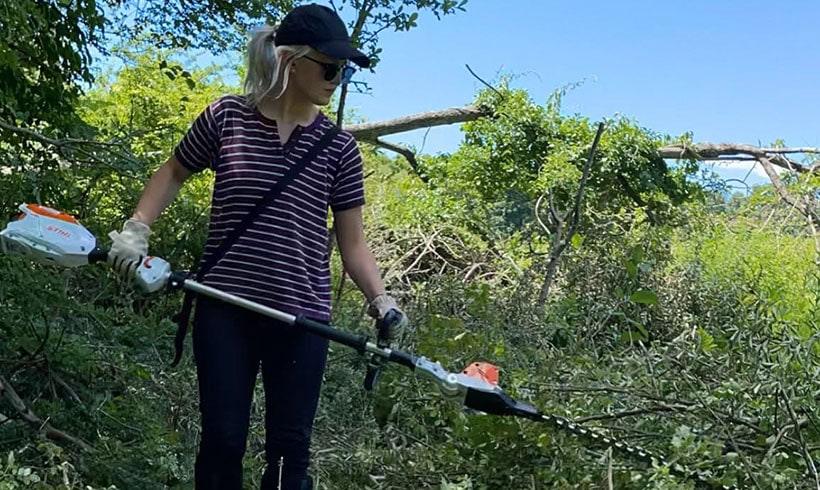
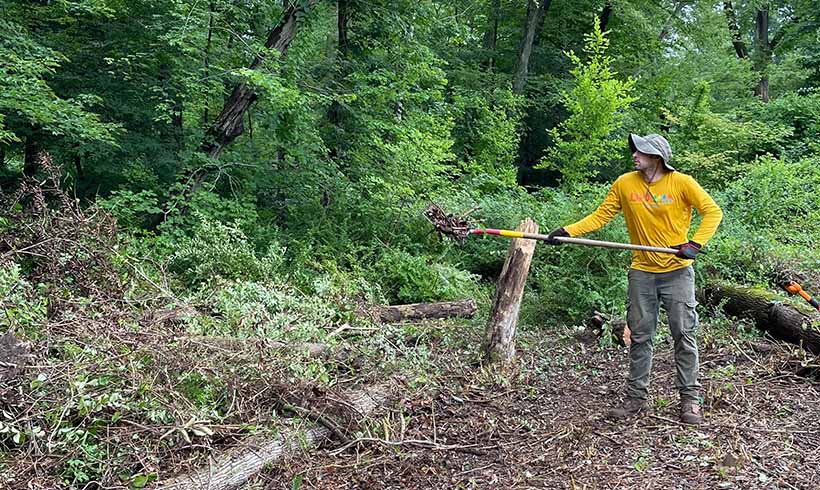
Unfortunately, the introduction of invasive species to the Lower Hudson Valley has led to a literal barricade between habitats. Oriental bittersweet, thorny Japanese barberry, and shrubby Oriental photinia (three of the biggest culprits) grow ruthlessly thick and fencelike. Left untreated, these invaders take over huge swaths of land, strangling full grown trees, and crowd out native plant species.
Luckily, Teatown has the right people for the job. Natalie previously worked for the New York-New Jersey Trail Conference on the Invasives Strike Force, performing similar work throughout the Lower Hudson Valley, and Kevin brings a diverse background in landscaping and tree care. Together, they’ve sawed, hacked, felled, and cleared more than 5,500 feet of unruly and undesirable growth.
But this is only the start. Once the clearing is completed, the team will reintroduce the native understory, including some less common species to increase diversity: chinkapin oak and bear oak — two small-growing trees — and lower lying nannyberry and ninebark shrub. Their goal is to plant 100 plants while also laying down seed and mulch. It’s a tall order for two people in a few months, but Natalie and Kevin are more than up for the task knowing the long-term benefits will be felt for years to come.
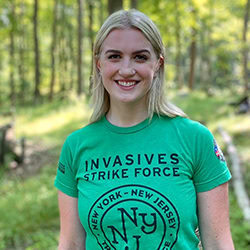
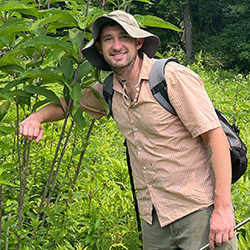
About The Authors
Natalie Kyvik is the Meadow Management Crew Leader with Teatown. She previously worked for the Invasive Strike Force. She likes frogs.
Kevin Sterne is Teatown’s Meadow Management Technician. He’s also an Ecological Gardner with Plan it Wild. He likes the Grateful Dead.


Leave a Reply